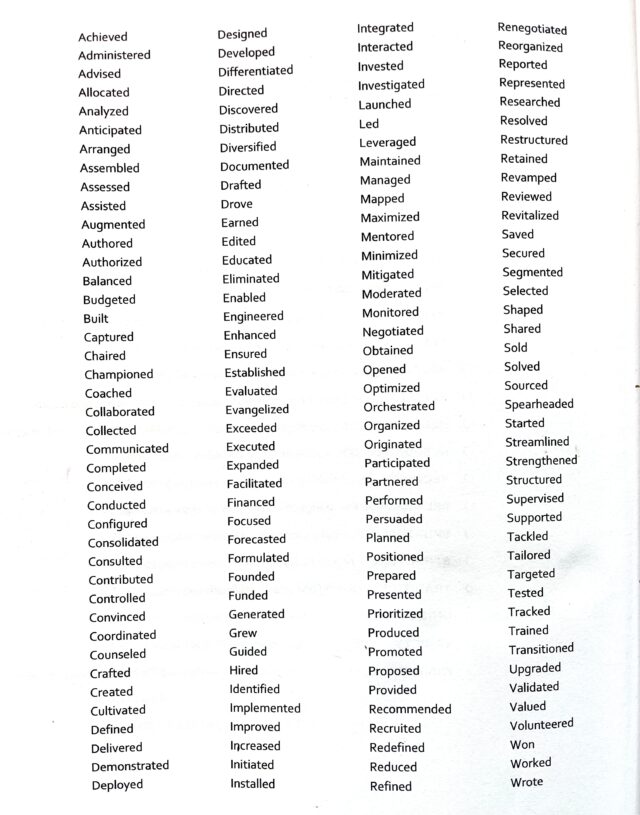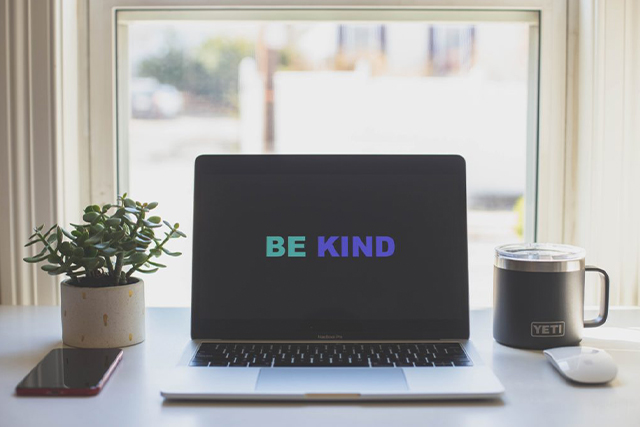
Your Linkedin summary is one of the most important sections of your profile. It’s the first thing potential connections, clients, hiring managers or recruiters will see when they visit your profile and it’s where you have an opportunity to make a bold statement.
In this post I’ll share some of the writing tips my clients have found most useful in getting their summary statements to work for them.
First off: Why bother with your Linkedin summary?
It’s like any important task you might procrastinate on, the mental energy involved in your procrastination efforts is hogging space in your mind. It’s like waiting on buying an air conditioning unit until it’s swelteringly hot out instead of dealing with it ahead of time. Maybe you’ll find one or a contractor to install an AC system when the heat is crushing down on you, or… maybe the one you want will be out of stock because everyone is suddenly desperate to buy it and maybe no contractors are available either. Yes, that’s what happened to me 🙄
You get my point. Don’t wait and cobble together your summary statement under pressure.
Things are moving and shaking out there as we all know with lots of change. Anything can happen. Having your profile up to date, reflective of you NOW puts you in a position to network strategically and make yourself visible for opportunities. It’s good practice to do both of these things no matter where you are in your career. A strong network is your social capital powerhouse.
Be ready for anything right now with a summary statement that tells us precisely who you are and what you can do.
Linkedin remains the top social networking site for work. It’s still the preferred place to network, build business connections, find work and attract clients. It’s used by 73 % of recruiters, has 900 million members and 58 million registered businesses.
Of course there are the frustrations; no response when you apply to roles, tons of people bragging about their successes in your feed making you feel all kinds of ways, a load of people marketing to you directly in your inbox…but still, it has it’s uses and I believe you can use it to your advantage.
Let’s talk about a few tips to help you leverage it and get what you need from it, starting with a compelling and personal summary statement.
One thing to keep in mind as you get ready to craft your statement is that Linkedin is being used more sparingly these days, with people spending an average of 17 minutes a week on it. That means your statement needs to be on the shorter side and very precise (leave out the fluff) to gain any traction. Let’s talk about what that means and some steps to get there:
Do a little research and data point collection before you jump to the task of writing.
If you’re transitioning or hoping to transition into a new role, do a search for people who hold the title you want and look at their profiles…very carefully. See if you can pick up a few key words, skills and descriptions.
Check out job listings for the role you want or aspire to have down the line, and see the way the job descriptions articulate the skills required. Keep a list going with this information.
If you’re running your own business, check out how other business owners in your industry or adjacent industries are setting up their summary statements. Any keywords there? What information are they sharing and what are they leaving out? What can you borrow or learn from?
Write in the first person and keep it real:
Think about an adjective people have used to describe you and weave that in: ie “I’m a get-er-done type of person, “I think like a customer”, “I’m known for my on-time and high quality product spirit”
Start with a hook and the number one thing you want people to know about you:
Just like any presentation, the goal is to attract attention out of the gate and get your target audience to keep reading.
Here are a couple of ideas:
Tell us about something you’re driven to solve, care deeply about, are focused on now, a theme that’s been present throughout your career. If you’re comfortable with wit and humor, use it, but test it out on a few people first to make sure it lands and sounds like you.
“50% strategist, 50% creative, 100% content marketing specialist (My Meyers-Briggs result doesn’t lie!)”
“I’m working to disrupt xyz industry and my job is to find and hire the current future bad asses in the technology industry.”
Give a brief summary of your career
Highlighting your most impressive achievements, a narrative that has been consistent and major milestones. Avoid using jargon and buzz words no one outside the industry will understand. If you’re a business, highlight the types of problems you solve for your clients and some results.
“I’ve created campaigns for more iconic brands than you can shake an iphone at”
Tell us about your skills:
Highlight the ones you want to be using most, and the ones most relevant to your target role or client need. Weave the skills into your accomplishments so we get a sense of how you were able to do what you’ve done. Include numbers and data when you can.
“throughout my life, I have developed this art of being able to communicate with anyone at any given time”
“I can align, lead and grow world-class product teams from 10 to 100 people”
Be as precise as possible
Be precise about what you’re about and why we should connect with you, why we should trust you. Avoid overused fluffy wording that doesn’t say much of anything. For example if you tell us you care about making an impact, then define exactly what impact means to you. To help you do this, use strong action verbs that give color to your experience. Here’s a great list of verbs for you to play with.

Option to add your core skills, industry and domain expertise as bullet points with relevant titles: this is where that research you did ahead of time on other people’s profiles and job listing details will come in handy. Include any keywords you’ve found.
End with a call to action
“I look forward to connecting with you”
“Let me know if you want to chat”
“Take a look at my website”
“If you’re tired of tackling it all yourself, reach out, we’re here to help”
“I enjoy meeting new people and hearing new perspectives. Reach out if you want to talk to me about xyz.”
I hope you found this post about tips and tricks to boost the quality of your Linkedin summary statement helpful. Remember there’s no time like the present to get your summary statement to read like a powerful elevator pitch, attracting more valuable connections. If you have any further questions or need help creating your summary statement, feel free to contact me at andrea@andreawedellcoaching.com. ‘m here to help



